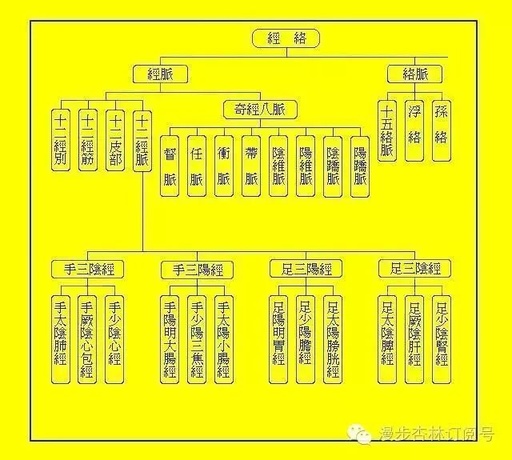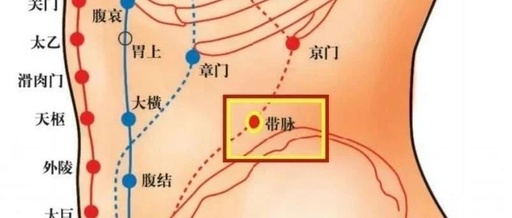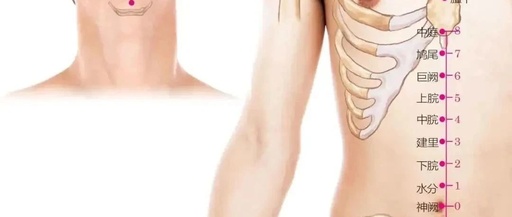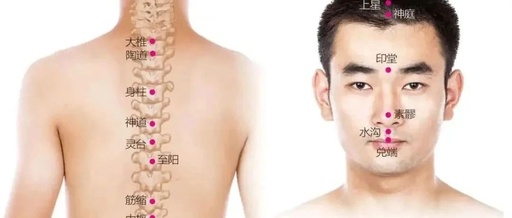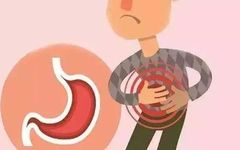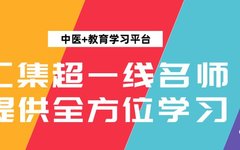The Fifteen Luo Vessels
Click the green button above to listen The Fifteen Luo Vessels The system of the fifteen luo vessels: “Ling Shu: Mai Du” states: “The jing (meridians) are internal, while those that branch out and run horizontally are called luo; the branches of the luo are called sun.” This categorizes the vessels based on size and … Read more




